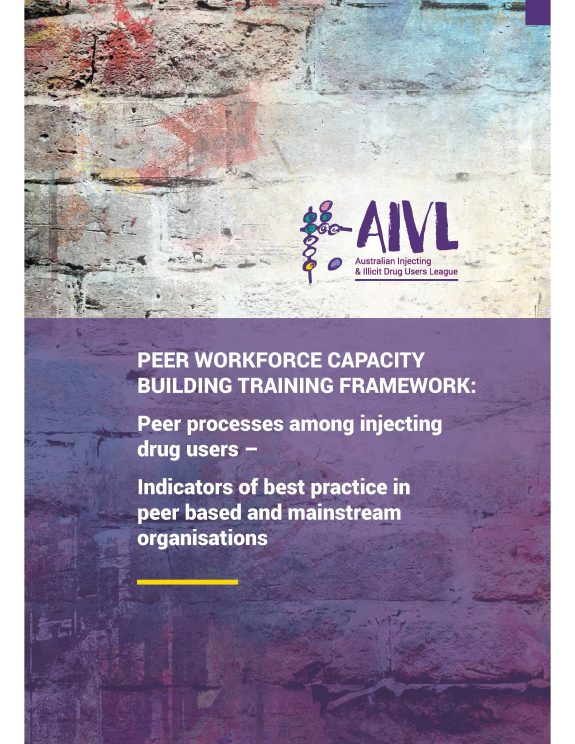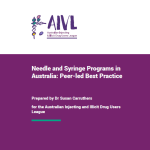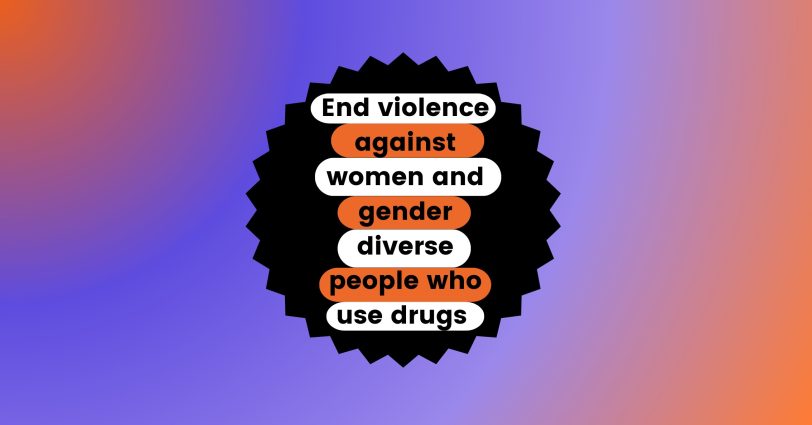Como parte de seu plano de trabalho de 2017-18, a AIVL buscou desenvolver capacidade entre educadores de pares e outros profissionais de saúde para fornecer educação e suporte a pessoas que injetam drogas para desenvolver resiliência e assumir o controle de sua saúde.
Por meio de discussões com organizações membros e pesquisadores, como o Dr. Graham Brown no Australian Research Centre in Sex, Health and Society, ficou claro que, embora exista uma força de trabalho de pares qualificada e bem informada em toda a Austrália, o que não estava claro era quais processos e ambientes organizacionais apoiam os pares para construir resiliência comunitária, e quais processos e ambientes podem dificultar isso. O Dr. Graham Brown explorou a ideia de como os programas de pares funcionam por meio do projeto What Works and Why (W3) dentro de comunidades de pessoas vivendo com HIV e profissionais do sexo. No entanto, sua aplicação entre pessoas que usam drogas foi menos desenvolvida.
Em resposta a isso, a AIVL fez uma parceria com o Dr. Brown para adaptar a estrutura W3 em um guia de melhores práticas organizacionais específico para o contexto de pessoas que usam drogas (Estrutura de treinamento de capacitação de força de trabalho de pares: processos de pares entre usuários de drogas injetáveis – indicadores de melhores práticas em organizações baseadas em pares e tradicionais). Criticamente, o guia foi projetado tanto para organizações de usuários de drogas quanto para organizações de saúde tradicionais que buscam empregar pessoas com experiência vivida de uso ilícito de drogas.
O guia resultante visa dar suporte às organizações para melhorar suas práticas organizacionais e melhorar os resultados em programas baseados em pares. O guia fornece uma breve visão geral dos programas baseados em pares e sua evolução na Austrália e examina quem é um par no contexto do uso de drogas. Ele também fornece uma ferramenta prática, estilo auditoria, que permite que as organizações reflitam sobre as práticas organizacionais e trabalhem em direção aos indicadores de melhores práticas que a AIVL, nossas organizações membros e o Dr. Brown desenvolveram.






